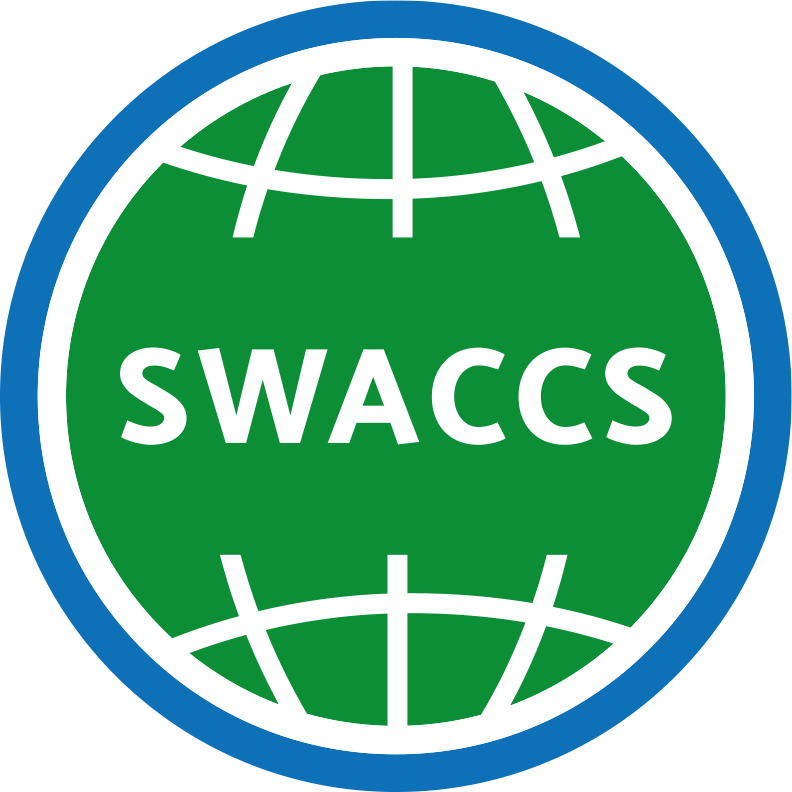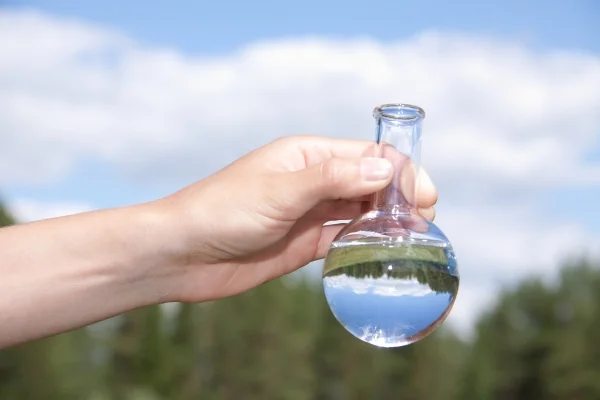Our research is based on strategic challenge areas reflected by our partners. Our areas of research include, chemistry, sustainability, and toxicity. We are housed at 13 different institutes throughout Sweden.
Research Environments
SWACCS operates across several universities of interdisciplinary work. Here are some of the labs, centers, and programs that work closest with SWACCS.
Research
Our projects cover diverse fields, e.g. tox
NSHDS is a cohort with prospectively collected blood samples from well above 100,000 individuals. It has been used for monitoring of exposure, as well as studies of how metals and POPs are related to the risk of future disease. Contact maria.wennberg@umu.se or ingvar.bergdahl@umu.se for questions about environmental contaminant studies in NSHDS.
Methods for Identifying endocrine disruption and reproductive toxicity in amphibians
A recent report by the European Food Safety Authority (EFSA 2018) identifies a need to develop a strategy for pesticide risk assessment for amphibians, including development of test methods. Several widely used pesticides have endocrine disruptive activity in vitro but data regarding their potential to cause adverse impacts on amphibians are scarce. In addition, monitoring of wild amphibian populations with regard to reproductive and endocrine disruption is hampered by the lack of biomarkers. The aim of the proposal is to developmental test endpoints and biomarkers for reproductive and endocrine toxicity, using the model frog Xenopus tropicalis. Toxicological responses are Characterized on the molecular, biochemical, morphological and physiological level, including reproductive output.
A recently funded EU projects on metabolism disrupting chemicals for developing integrated testing strategies and improved mechanistic understanding of related disorders.
NorthPop @ Umeå
NorthPop is a recently initiated mother-child cohort under establishment in Västerbotten county including 10 000 pregnant women and their children will be followed from pregnancy to school age. Samples including blood, urine, feces, saliva, breastmilk etc will be taken at several occasions and projects are ongoing focusing on different exposures and health impacts including those related to chemical exposure.
The Environmental Forensic Laboratory, EnForce, is a research effort aiming towards a non-toxic environment. Their scope is toxin discovery. EnForce is split between four different projects: Mixture risk, PAC risk, PFAS risk, and Microplastics risk.
BaltHealth (Baltic Sea multilevel health impacts on key species of anthropogenic hazardous substances) is a BONUS funded project to assess the impact of multiple stressors on the ecological functioning and overall health of the Baltic ecosystem. The project has a strong focus on the impact of anthropogenic hazardous substances (AHSs) on all levels of the Baltic ecosystem, and therefore requires a holistic approach to assess environmental health.
Ecochallenge @ Umeå University
The strategic research program EcoChange focuses on the effects of climate change on marine ecosystems.
Environmental Toxicology at the Department of Organismal Biology @ Uppsala University
Numerous chemicals of anthropogenic origin contaminate terrestrial and aquatic environments. The research at the Department of Environmental Toxicology aims to determine how these pollutants interact with molecular and cellular functions and give rise to long-lasting adverse health effects in humans and wildlife. We explore this using different experimental systems ranging from rodent and aquatic models to cell models and microorganisms on-a-chip.
A Non-toxic Environment @ SLU
We provide decision support and expertise in the work towards A Non-Toxic Environment in Sweden. The data from our monitoring programmes contributes to the overall picture of the environmental status regarding hazardous substances. We also assess the risks with hazardous substances and their effects, and support the work with Sweden's international commitments on environmental pollutants.
A person consumes on average two liters of drinking water per day. But how clean is your tap water? SLU develops knowledge to support decision makers and the water services industry in their work to achieve safer drinking water and water treatment.
POPs-gruppen @ SLU
The POPs-group strives for increased knowledge about environmental pollutants and their effects in aquatic and terrestrial environments. The research also includes treatment techniques for improved water quality and sustainable use of water. We develop early warning methodology and new strategies for identification of previously unknown chemical risks with a focus on drinking water and waste water through prioritization methodology and advanced mass spectrometry.
Toxicology @ SLU
We use in vitro cell models and in vivo animal models, and human epidemiological approaches, in research on hazard identification and mechanistic understanding of effects of toxic compounds in vertebrates. In vitro cell models are developed and used for effect-directed analyses of environmental samples or to screen single compounds for bioactivity and toxicity pathways.
SELMA @ Karlstad University
The Swedish Environmental Longitudinal Mother and Child, Asthma and Allergy study is a population-based pregnancy cohort that recruited more than 2,300 women in the first trimester from prenatal clinics in Värmland county, Sweden, from November 2007 to March 2010. More than 50 chemicals with suspected or proven endocrine disrupting properties (EDs) have been analyzed in urine and serum from the mother in 1st trimester as well as in the children at 6 and 12 months and at 7 years of age. The children have been followed up in school age. The overall aim with the study is to examine the importance of prenatal ED exposure for health and development in the children controlling for relevant background factors. Health domains in focus are metabolism and growth, neurodevelopment and cognitive functions, sexual development, and asthma and allergy. The study is currently focusing on mixture exposures, epigenetics and risk assessment.
New approach methods (NAMs) for predicting toxicity
Animal-based methods are the most commonly used approach for human toxicity assessment. However, the predictive accuracy and scientific relevance have been questioned. The European Union has supported development of NAMs and new strategies to perform risk assessment in several HORIZON2020 projects. One project is EU-ToxRisk, An Integrated European Flagship Programme Driving Mechanism-based Toxicity Testing and Risk Assessment for the 21st Century and another is the ENDpoiNTs, Novel testing methods of endocrine disruption linked developmental neurotoxicity. Universities and Institutes within Swaccs are partners in these projects, contributing with computational, cell-based and toxicogenomic methodology linked to epidemiologic studies to achieve the goal of Integrated Approaches to Testing and Assessment.
NanoSafety
New materials, drugs, cosmetics and pollutants may contain nanoparticles. Existing toxicity test guidelines are not applicable for these products and new test strategies have to be implemented. SweNanoSafe at Karolinska Institutet is a national platform for nanosafety. Researchers at Swaccs Universities are partners in the EU-funded SmartNanoTox and the NanoSolveIT, striving to implement in silico methods and in vitro- and in vivo-tools for Integrated Approaches to Testing and Assessment of nanomaterials.


















